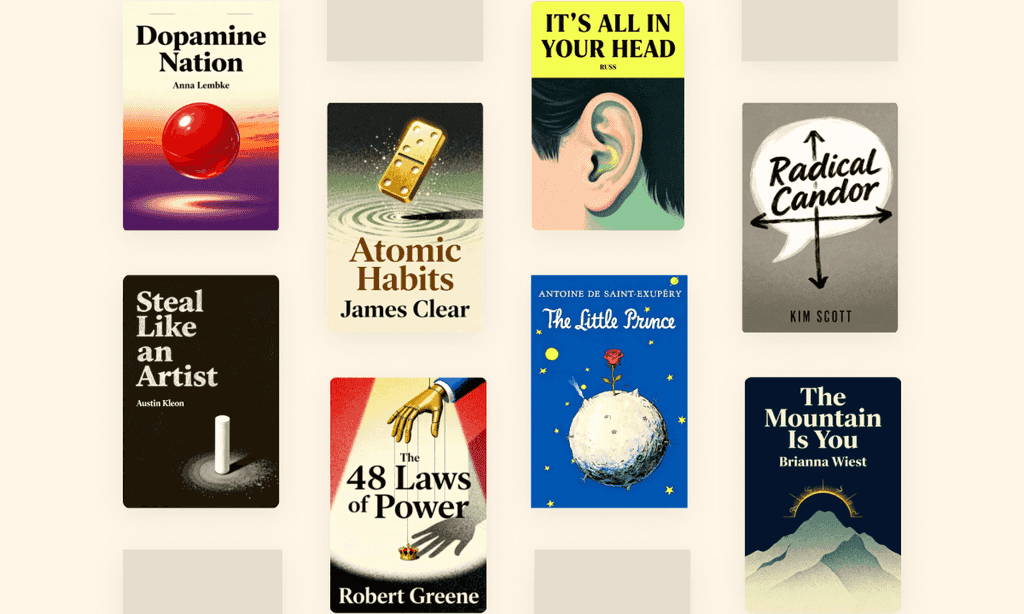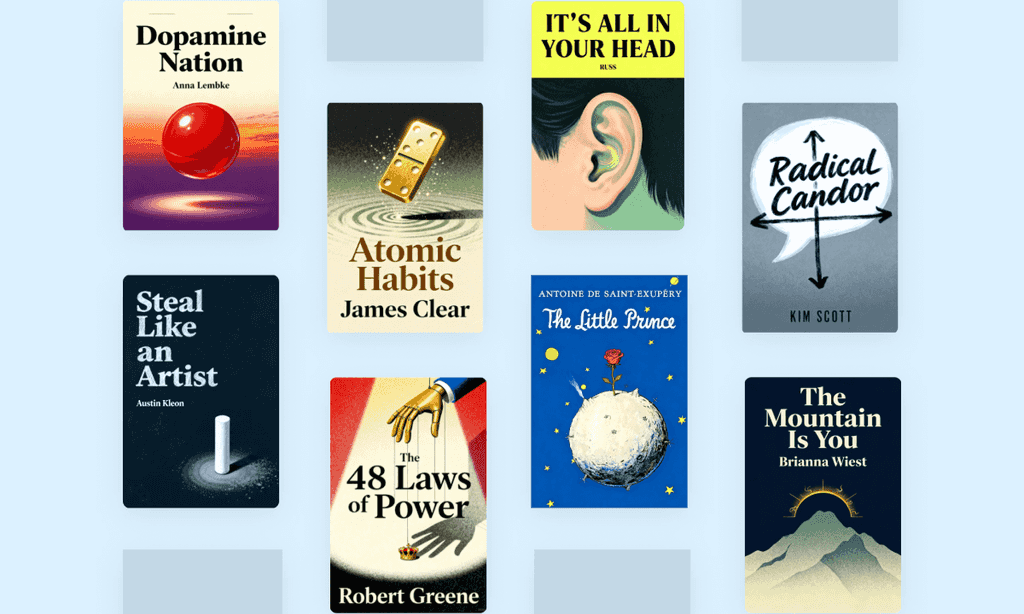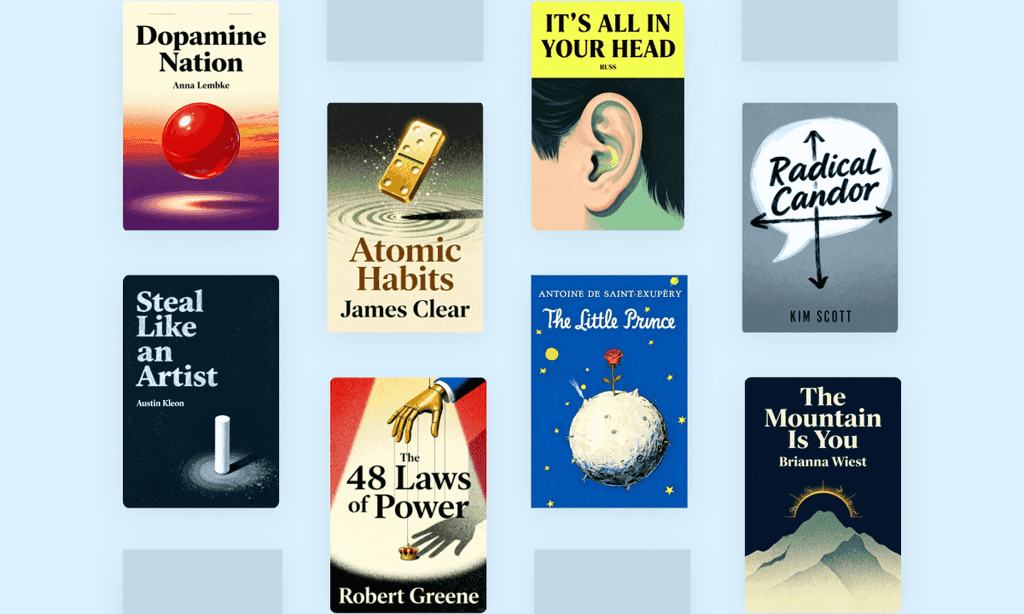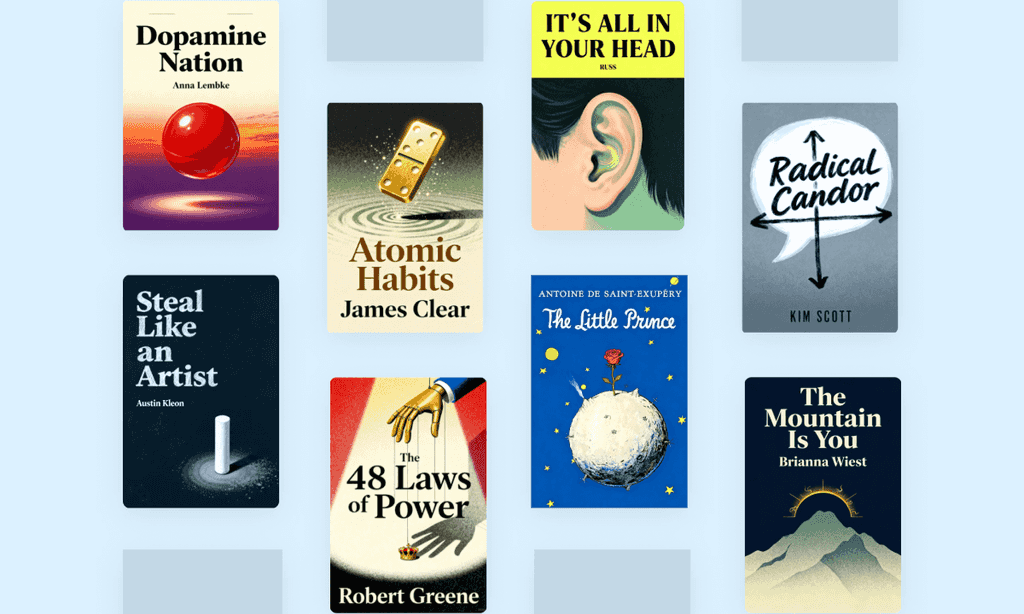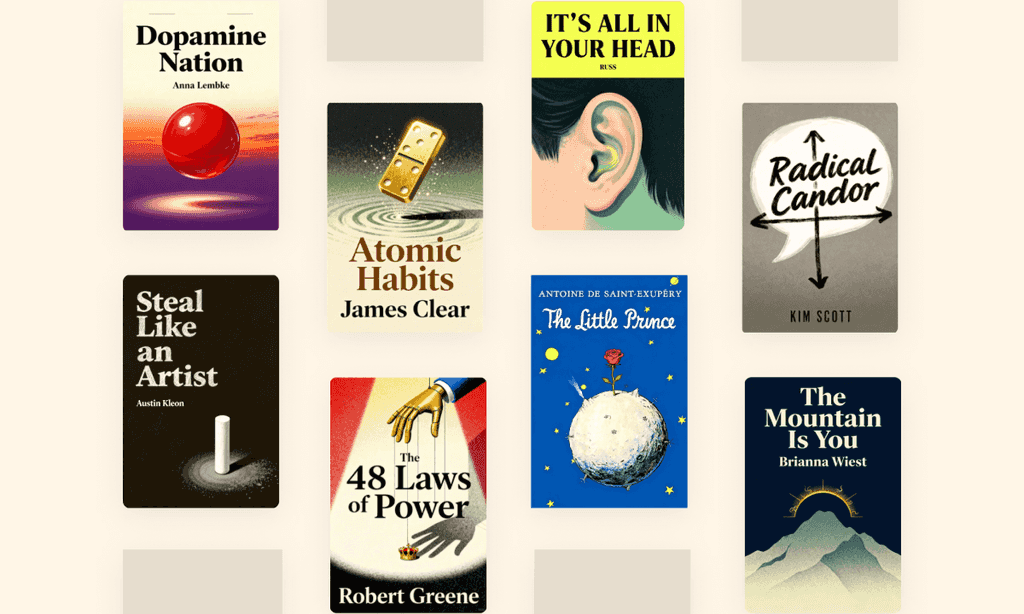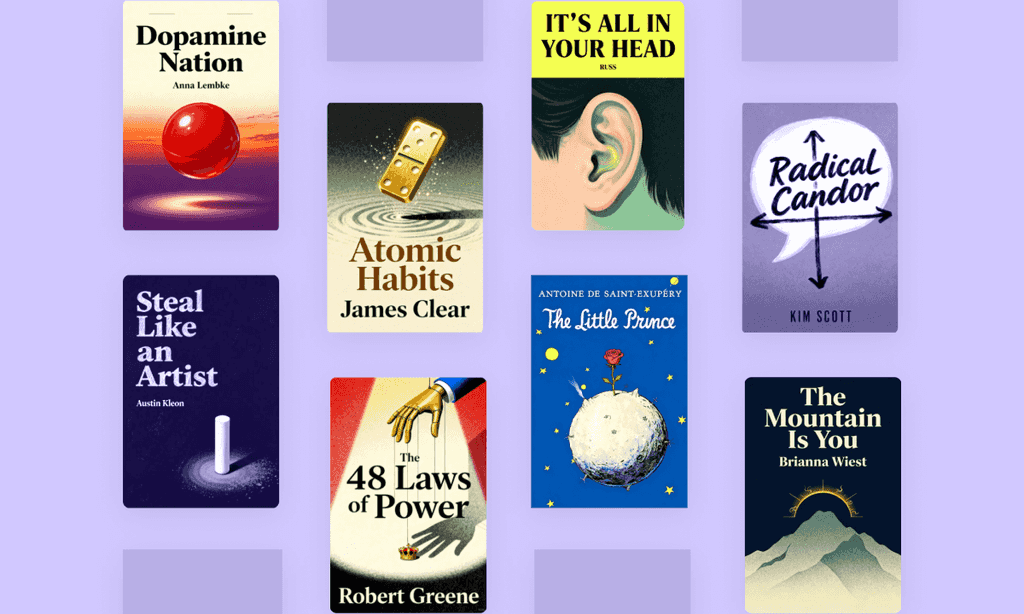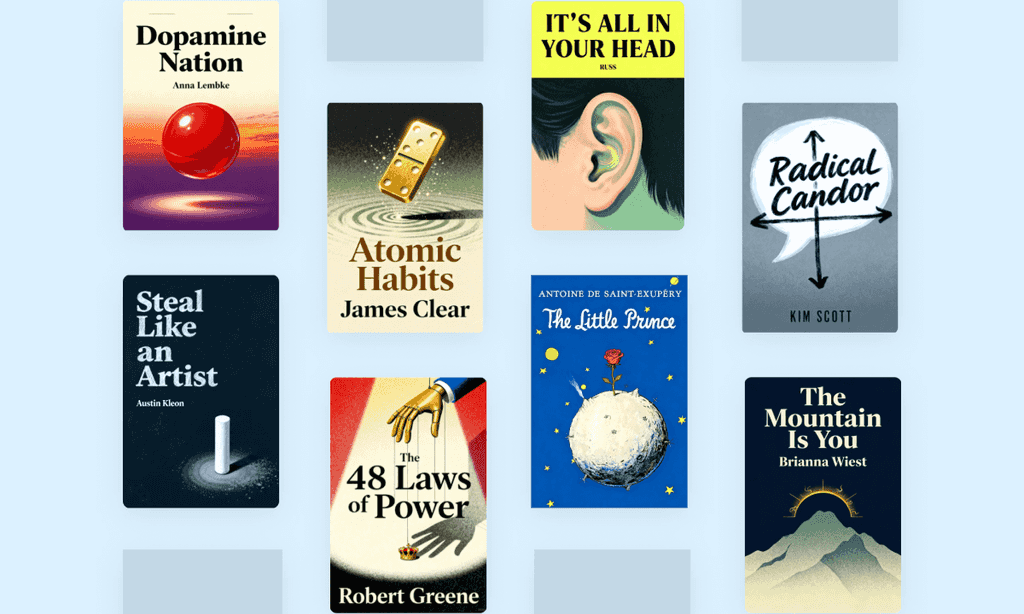To Kill a Mockingbird by Harper Lee

Overview of To Kill a Mockingbird
Harper Lee's masterpiece exploring racial injustice through a child's eyes has sold 40+ million copies worldwide. Beloved by Obama and Oprah, this Pulitzer-winning novel inspired an Oscar-winning film and remains one of America's most banned - yet most essential - literary treasures.
About its author - Harper Lee
Harper Lee (1926–2016), born Nelle Harper Lee in Monroeville, Alabama, was the Pulitzer Prize-winning author of To Kill a Mockingbird, a landmark novel in American literature exploring themes of racial injustice, moral courage, and childhood innocence.
Drawing from her upbringing as the daughter of a lawyer and her early legal studies at the University of Alabama, Lee crafted the iconic character Atticus Finch, whose principled defense of a Black man falsely accused of rape remains a defining narrative of empathy and integrity. Her work is deeply rooted in Southern Gothic traditions, reflecting her firsthand observations of societal inequities in the Jim Crow-era South.
Lee’s only other published novel, Go Set a Watchman, written before To Kill a Mockingbird but released in 2015, revisits the Finch family two decades later, further cementing her legacy in exploring complex moral landscapes. Awarded the Presidential Medal of Freedom in 2007, Lee’s masterpiece has sold over 40 million copies worldwide, been translated into more than 40 languages, and inspired an Academy Award-winning film adaptation. It continues to be a cornerstone of educational curricula and a touchstone for discussions on justice and human dignity.
Key Takeaways of To Kill a Mockingbird
- Harper Lee frames prejudice as a societal disease through the rabid dog metaphor
- True courage is persisting when defeat is certain, not wielding a gun
- The mockingbird represents innocence destroyed by injustice - Tom Robinson and Boo Radley
- Moral growth requires seeing through others' eyes before judging their actions
- Injustice thrives when good people choose silence over moral action
- Childhood innocence shatters upon confronting racial hierarchies and biased legal systems
- Atticus Finch redefines bravery as emotional resilience against social persecution
- The Ewell case exposes how poverty and racism intertwine in justice failures
- Lee's camellias symbolize hidden beauty surviving amid cultural ugliness and hate
- Parenting through example beats lecturing - Atticus's integrity teaches more than words
- Small-town myths mask deeper truths, as shown through Boo Radley's redemption
- Empathy becomes revolutionary when practiced in racist systems designed to dehumanize










